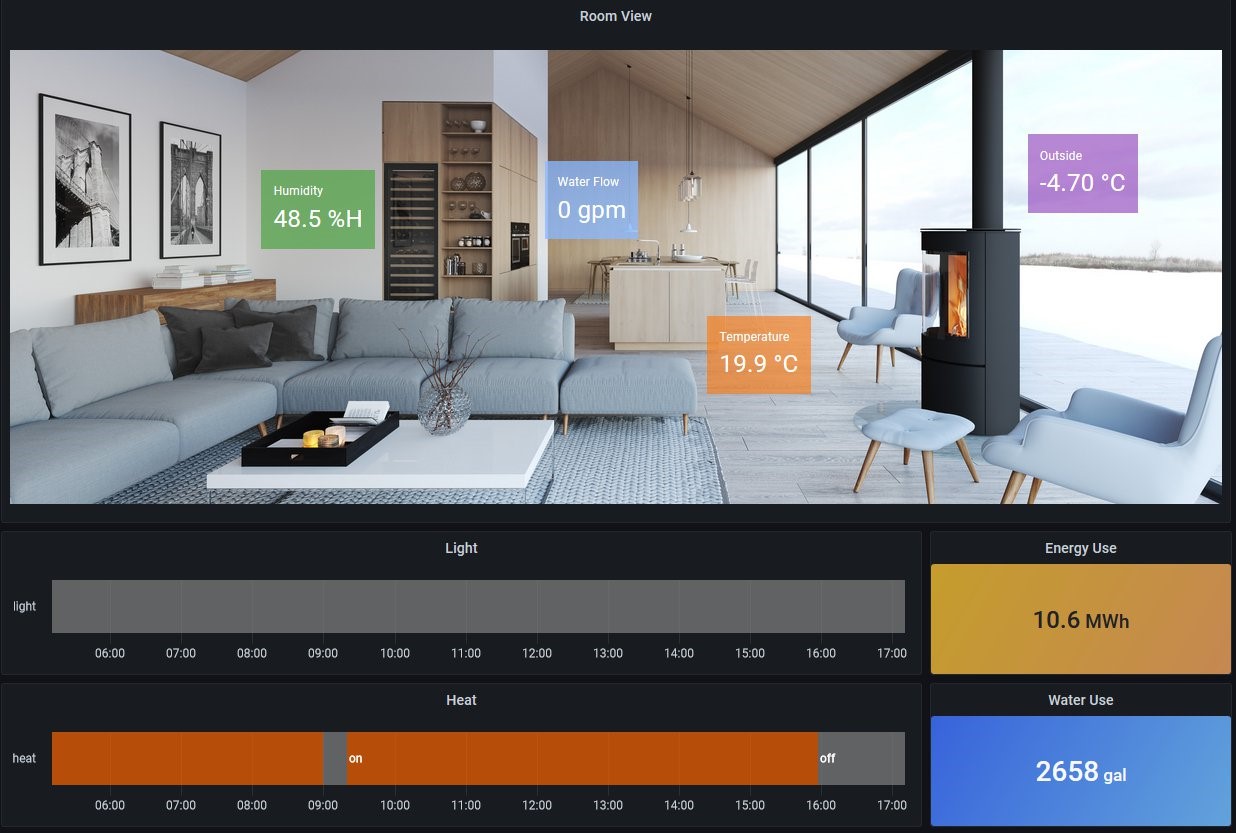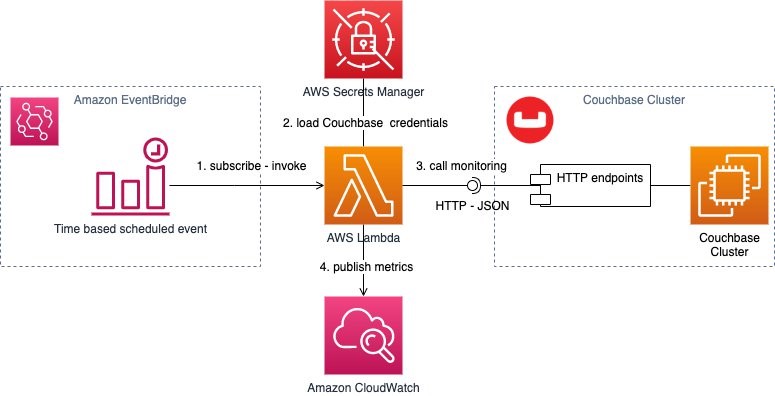AWS Architecture Blog
Category: Amazon CloudWatch
Optimizing your AWS Infrastructure for Sustainability, Part II: Storage
In Part I of this series, we introduced you to strategies to optimize the compute layer of your AWS architecture for sustainability. We provided you with success criteria, metrics, and architectural patterns to help you improve resource and energy efficiency of your AWS workloads. This blog post focuses on the storage layer of your AWS infrastructure and provides […]
Optimizing your AWS Infrastructure for Sustainability, Part I: Compute
As organizations align their business with sustainable practices, it is important to review every functional area. If you’re building, deploying, and maintaining an IT stack, improving its environmental impact requires informed decision making. This three-part blog series provides strategies to optimize your AWS architecture within compute, storage, and networking. In Part I, we provide success criteria […]
Automating Your Home with Grafana and Siemens Controllers
Imagine that you have access to a digital twin of your house that allows you to remotely monitor and control different devices inside your home. Forgot to turn off the heater or air conditioning? Didn’t close water faucets? Wondering how long your kids have been watching TV? Wouldn’t it be nice to have all the […]
Benefits of Modernizing On-premises Analytics with an AWS Lake House
Organizational analytics systems have shifted from running in the background of IT systems to being critical to an organization’s health. Analytics systems help businesses make better decisions, but they tend to be complex and are often not agile enough to scale quickly. To help with this, customers upgrade their traditional on-premises online analytic processing (OLAP) […]
Using AWS Systems Manager in Hybrid Cloud Environments
Customers operating in hybrid environments today face tremendous challenges with regard to operational management, security/compliance, and monitoring. Systems administrators have to connect, monitor, patch, and automate across multiple Operating Systems (OS), applications, cloud, and on-premises infrastructure. Each of these scenarios has its own unique vendor and console purpose-built for a specific use case. Using Hybrid […]
Rate Limiting Strategies for Serverless Applications
Serverless technologies reduce the work needed to set up and maintain computing resources, provide built-in scalability, and optimize agility, performance, cost, and security. The pay-as-you-go model is particularly liberating for developers. You can fail fast, experiment more, and do it fairly cheaply. However, serverless brings its own challenges. In this blog, we’ll examine how to […]
Field Notes: Monitor Your Couchbase Performance and Logs with Amazon CloudWatch
Cloud architects leverage AWS compute services to run customer-managed workloads like Couchbase clusters. While customer-managed workloads may come with their own monitoring metrics and dashboards, customers miss the same level of deep integration with Amazon CloudWatch that the AWS managed services provide. In this post, we show you how to achieve higher levels of observability […]
Disaster Recovery (DR) Architecture on AWS, Part III: Pilot Light and Warm Standby
In this blog post, you will learn about two more active/passive strategies that enable your workload to recover from disaster events such as natural disasters, technical failures, or human actions. Previously, I introduced you to four strategies for disaster recovery (DR) on AWS. Then we explored the backup and restore strategy. Now let’s learn about […]
Journey to Adopt Cloud-Native Architecture Series: #3 – Improved Resilience and Standardized Observability
September 8, 2021: Amazon Elasticsearch Service has been renamed to Amazon OpenSearch Service. See details. In the last blog, Maximizing System Throughput, we talked about design patterns you can adopt to address immediate scaling challenges to provide a better customer experience. In this blog, we talk about architecture patterns to improve system resiliency, why observability […]
Design Pattern for Highly Parallel Compute: Recursive Scaling with Amazon SQS
Scaling based on Amazon Simple Queue Service (SQS) is a commonly used design pattern. At AWS Professional Services, we have recently used a variant of this pattern to achieve highly parallel computation for larger customers. In fact, any use case with a tree-like set of entities can use this pattern. It’s useful in a workflow […]









